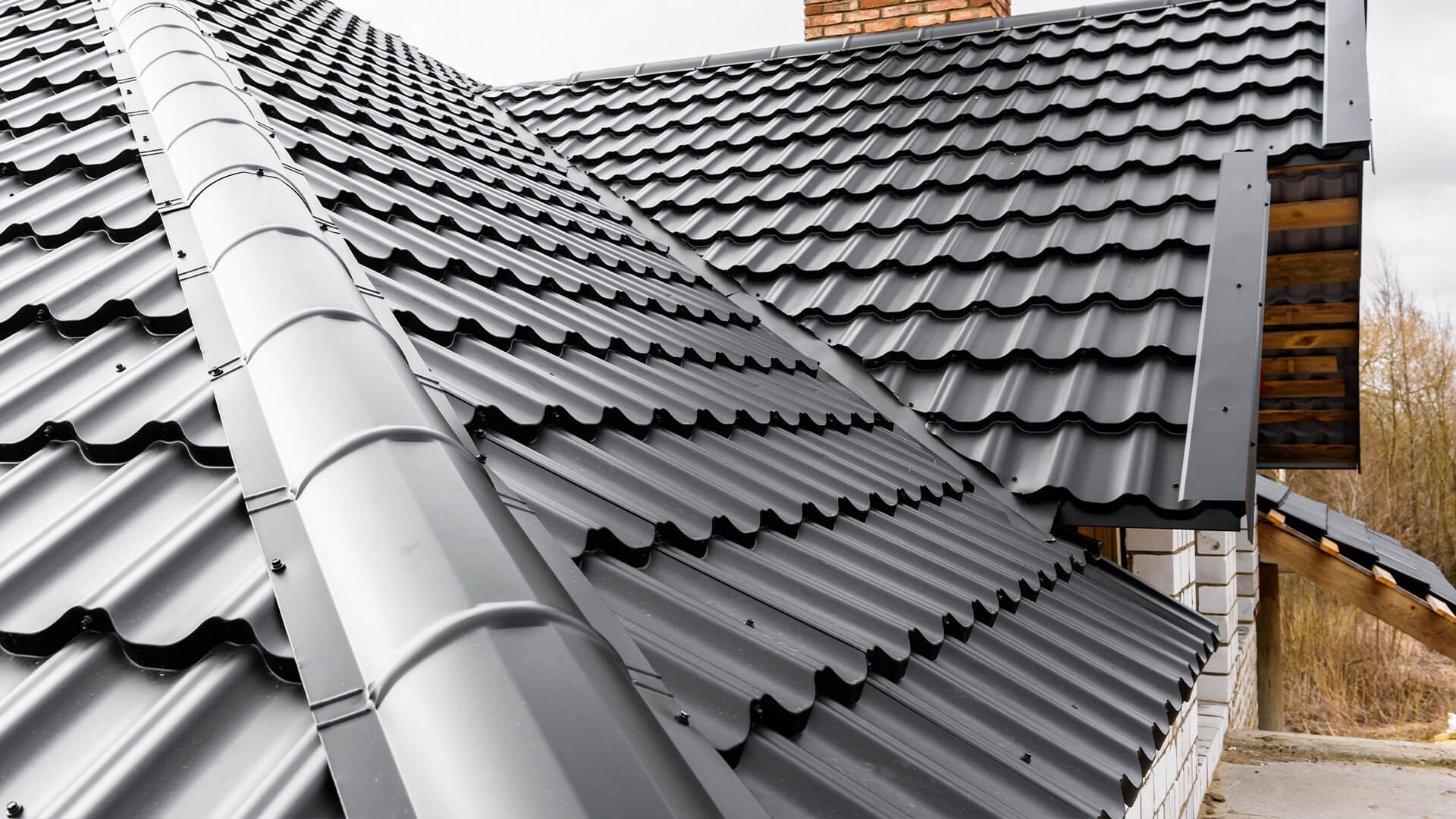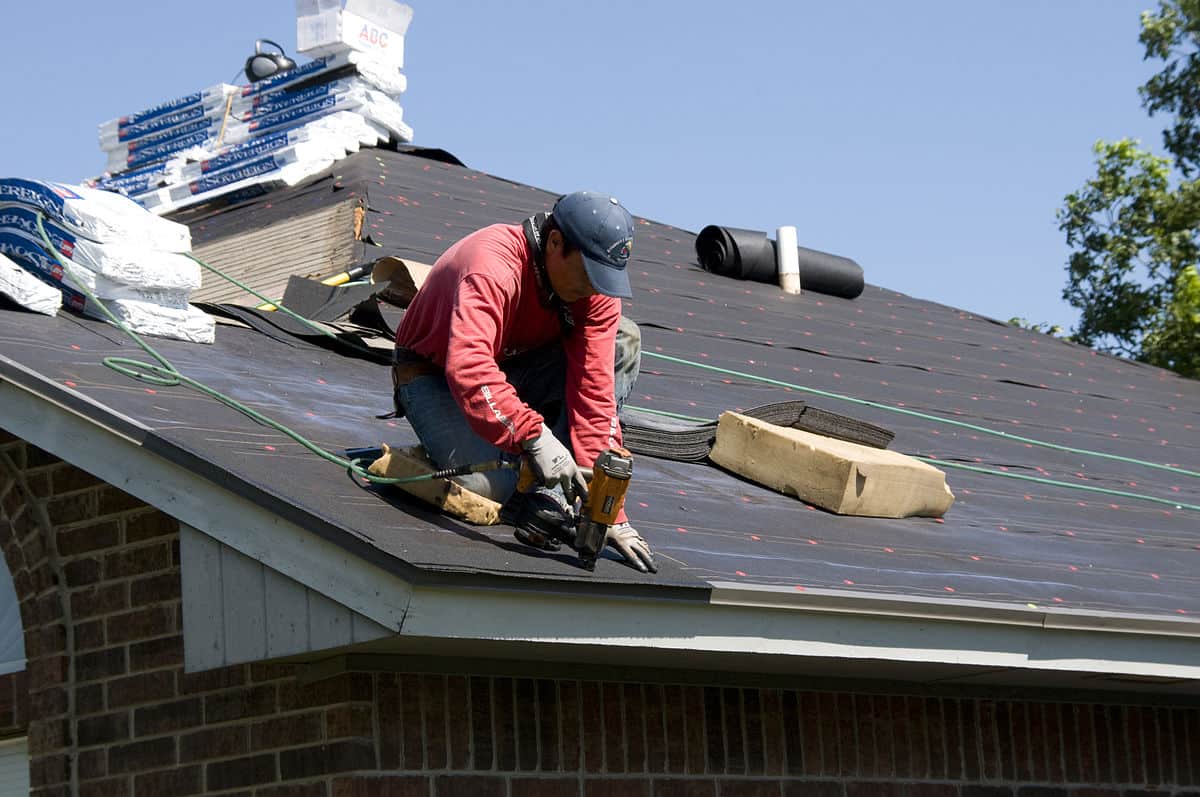Step-by-Step Guide to Finding the Right Roofing Companies in Gainesville
Step-by-Step Guide to Finding the Right Roofing Companies in Gainesville
Blog Article
Best Practices for Ensuring Appropriate Roof Air Flow
A balanced intake and exhaust air vent ratio, commonly 1:300, plays a critical duty, with consumption vents ideally placed at the lower side of the roofing for amazing air entrance and exhaust vents at the peak for warm air leave. Keeping insulation away from vents is vital to prevent airflow constraint.
Understand Air Flow Essentials
Effectively understanding air flow basics is vital for ensuring the long life and efficiency of roof. Efficient ventilation mitigates dampness accumulation and temperature level extremes in the attic room, both of which can bring about significant architectural damage in time. A well-ventilated roofing helps in protecting against typical problems such as mold growth, wood rot, and ice dams, which can compromise the integrity of the roof products and the underlying structures.
The primary objective of air flow is to promote the motion of air, enabling a consistent exchange in between the exterior and indoor environments. This equilibrium is attained via a mix of intake and exhaust vents that work together to preserve optimal air movement. Consumption vents, commonly located along the soffits or eaves, enable fresh air to enter the attic room area, while exhaust vents, often positioned at or near the roofing system ridge, allow hot, moist air to leave.
Secret variables affecting the effectiveness of roof covering ventilation consist of correct placement, sufficient sizing, and making sure that both intake and exhaust vents are unhampered. Regular examination and maintenance are essential to identify prospective obstructions, damages, or inefficiencies in the air flow system, therefore protecting the roofing system's performance and durability.
Kinds Of Roof Covering Vents
Roof covering vents play a vital duty in keeping efficient attic air flow and, by expansion, the overall health of the roofing system. Different types of roof covering vents are readily available, each with one-of-a-kind advantages tailored to specific roofing requirements.

Soffit vents are set up under the eaves and operate in tandem with roof vents to make sure a balanced intake and exhaust system. By permitting cooler air to enter from below, soffit vents promote the expulsion of warm air through top vents. Gable vents, situated on the exterior wall surfaces of the attic, deal an additional effective remedy, specifically in homes with saddleback roofs.
Assess Your Present Air Flow

Following, take into consideration the age and problem of your roof covering products and ventilation parts. Older systems might not comply with current building codes or may have worn away with time, minimizing their performance. Conduct a comprehensive evaluation to identify any kind of signs of damage, such as rust, damage, or gaps that might endanger the system's efficiency.
In addition, measure the attic room temperature and humidity degrees. High temperatures and humidity can show inadequate air flow.
Installment Best Practices
Effective setup of roof covering ventilation systems is critical for guaranteeing optimal their website performance and durability. Proper installation starts with understanding the specific air flow demands of the roofing system and the building it covers. This includes computing the proper ratio of consumption to wear down vents, normally adhering to the 1:300 regulation, which specifies one square foot of air flow for each 300 square feet of attic room flooring area.

Consumption vents ought to be installed at the roof covering's reduced side, commonly in the soffits, to permit cool air to go into. Exhaust vents, on the other hand, should be installed near or at the roof's height to facilitate the leave of cozy, wet air.
Seal all air vent connections thoroughly to avoid air leakages and possible water infiltration. Use top notch materials and adhere to manufacturer guidelines to ensure longevity and performance. Additionally, incorporating ridge vents with baffles can substantially boost air flow effectiveness by preventing wind-driven rainfall and snow from entering the attic.
Ultimately, specific setup of roof ventilation systems minimizes potential issues such as mold growth, ice dams, and architectural damage, making sure the roof covering's stability and the building's total health.
Routine Upkeep Tips
Consistency in maintenance methods is essential to guaranteeing the long-lasting performance of roof air flow systems. Normal examinations are vital, ideally executed biannually-- in the spring and loss. Throughout these inspections, guarantee that vents are cost-free of particles, nests, and various other obstructions that can hinder air flow. Examine for any indications of wetness build-up or mold, as these can indicate incorrect air flow or leakages (gainesville fl roofing companies).
Cleaning up the vents is one more essential task. Utilize a soft brush or a vacuum cleaner to get rid of dirt and debris from consumption and exhaust vents. Be careful not to damage the air vent screens or louvers during the procedure. Additionally, evaluate the attic space check out this site for any indications of water damage, which could compromise the integrity of the roof system.
Appropriate insulation is equally crucial. Guarantee that attic room insulation does not obstruct the vents, as this can drastically restrict airflow. If any insulation has shifted or cleared up, reposition or change it to preserve a reliable barrier.
Last but not least, replace any type of damaged or missing components immediately. Busted vents, split roof shingles, or deteriorated flashing can all add to insufficient ventilation and needs to be attended to without delay. Regular upkeep ensures that the roof covering air flow system works ideally, thus extending the life-span of the roofing itself.
Verdict
Making sure proper roofing ventilation is critical for preserving the performance and longevity of a roofing system. Adherence to the 1:300 intake and exhaust air vent ratio, coupled with the strategic official website positioning of vents, is crucial.
A balanced intake and exhaust air vent ratio, frequently 1:300, plays a pivotal function, with consumption vents ideally positioned at the reduced side of the roof for trendy air entry and exhaust vents at the top for cozy air exit. Consumption vents, commonly located along the soffits or eaves, allow fresh air to enter the attic space, while exhaust vents, commonly situated at or near the roofing ridge, enable warm, moist air to get away.
Soffit vents are mounted under the eaves and job in tandem with roof covering vents to ensure a balanced consumption and exhaust system. By allowing cooler air to go into from below, soffit vents promote the expulsion of warm air through upper vents. Adherence to the 1:300 consumption and exhaust air vent ratio, combined with the tactical placement of vents, is necessary.
Report this page